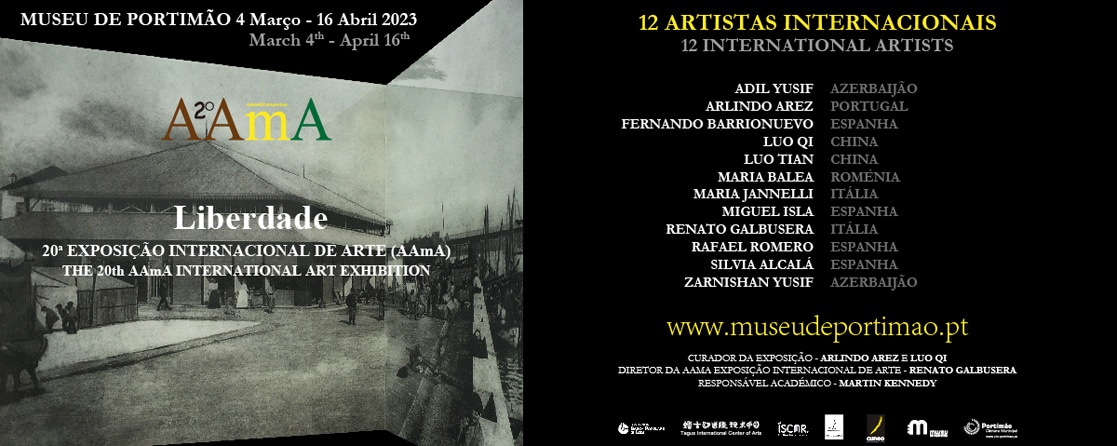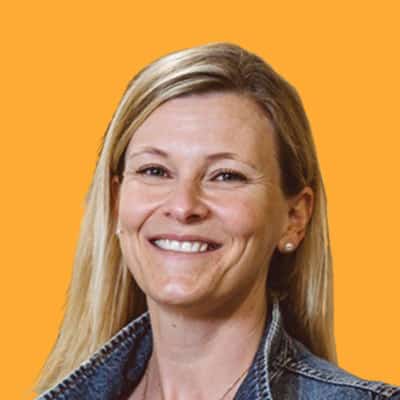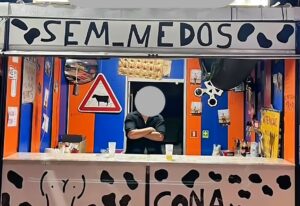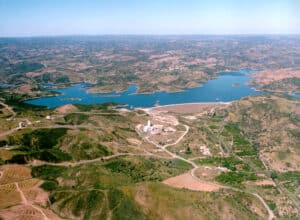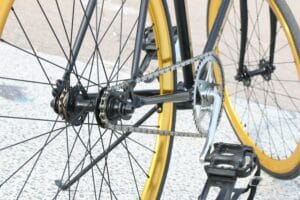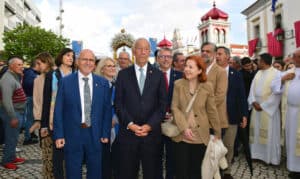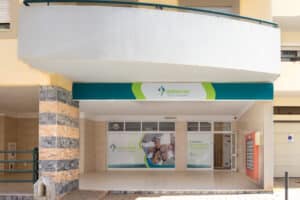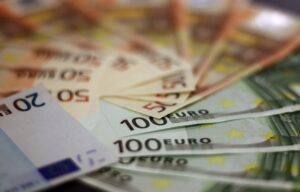The “Querubim Lapa: Painting and Ceramics” exhibition showcasing the Portimão native artist’s creations launches tomorrow, December 7, at 17h00.
The Portimão Museum is inaugurating the new «Querubim Lapa: Painting and Ceramics» exhibition tomorrow at 17h00. Curated by Sofia Nunes and integrated into the official celebrations of City Day, the exhibition evokes the artist’s centenary.
Born in Portimão, Querubim Lapa is the author of a vast body of significant work for modern art in Portugal. A notable painter, he stood out as one of the most consistent neorealism artists and is today considered one of the most important Portuguese ceramicists of the 20th century.
Querubim Lapa (1925-2016) is notable for his dual artistic approach, engaging in a continuous interplay between painting and ceramics. His works are organised into seven chronological groups across the two levels of the Museum, showcasing 94 pieces created from 1946 to 1994.

The pieces on show belong to national museums and private collections, including the large tile panel (1960), recently acquired by the municipality of Portimão, whose painted characters and motifs build a magical allegory of the sea, establishing a strong relationship with the theme of fishing that the Portimão Museum addresses.
The exhibition starts with paintings and drawings from the early neorealist period. It then addresses the first ceramic pieces and their proximity to the lyrical phase of his painting. The experiences and creation of unique techniques in his ceramics from the 1960s and 1970s are widely represented, along with new research in the field of painting from the same period.
The journey concludes with tile displays from the early 1990s that create visual challenges echoing the origins of Portuguese ceramics, optical art, and Concreteist artwork.
This approach allows the audience to explore significant highlights of his diverse work and the various artistic expressions he has employed throughout the years.

Querubim Lapa, who was born in Portimão in 1925, attended the Escola António Arroio from 1942 to 1947 and completed his degree in Sculpture at the Escola Superior de Belas Artes de Lisboa in 1953, where he later earned a degree in Painting in 1978.
He was part of the third modernist generation and developed artistic work in painting and ceramics between 1945 and 2009. He is today recognised as one of the most consistent neorealism artists, having participated in the General Exhibitions of Plastic Arts at the Sociedade Nacional de Belas Artes in Lisbon between 1949 and 1956 and the “Exposições dos Independentes” in Porto in 1950.
Starting in the mid-1950s, he envisioned his artwork with a more poetic essence. Between 1963 and 1973, he fused the informalist language and later scrutinised and explored pictorial space, using historical allusions to modernist painting. With the onset of the April 25, 1974 Revolution, he reintroduced political themes into his paintings, merging elements of pop art with the portrayal of socially mediated violence.
He began working in ceramic art in 1954, having a studio at the Fábrica Viúva Lamego. Considered one of the most important ceramicists of the 20th century in Portugal, he created innovative techniques that modernised this art, such as modelling, mastery of colours and glazes, and the use of sharp edges and engobes. He signed countless panels for indoor and outdoor spaces in dialogue with modern architecture and produced notable small-scale pieces.
As a teacher at Escola António Arroio between 1954 and 1996, he oversaw ceramic workshops, significantly shaping and influencing many generations of students.
Throughout his career, he received prestigious awards, including being decorated by the President of the Republic in 2015 as Grand Officer of the Military Order of Sant’Iago da Espada.
List of institutional lenders:
AICEP – Agency for Investment and Foreign Trade of Portugal;
Gulbenkian Modern Art Centre;
EGEAC/Lisbon Museum;
Millennium BCP Foundation;
National Museum of Contemporary Art – Chiado Museum;
National Tile Museum;
Museum of Neo-Realism;
Ovar Museum;
Several private collectors join this list.

